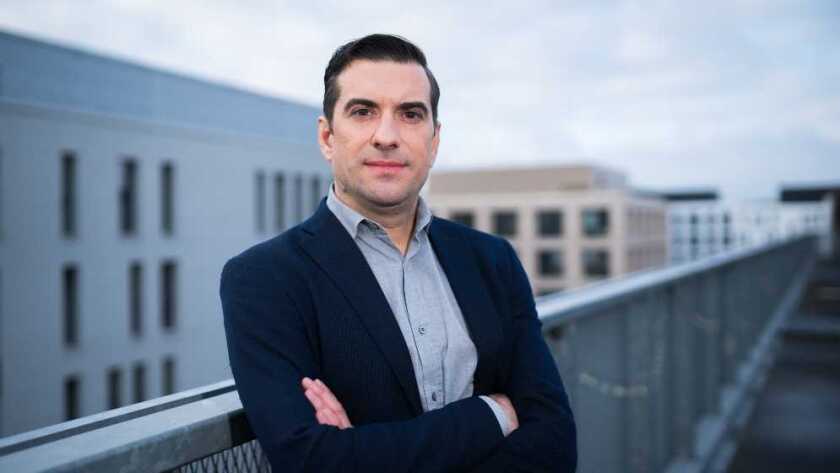It confirms the Iberian Peninsula has become a strategic interconnection region with capacity increasing 25% in the past five years.
DE-CIX, EllaLink and Interxion commissioned TeleGeography to develop a study analysing how infrastructure expansions are turning the Iberian Peninsula into "a strategic interconnection region" and a convergence point for data traffic between Europe, the Americas, Africa, the Middle East and Asia.
Ivo Ivanov (pictured), CEO of DE-CIX International, said: “The Iberian Peninsula is ready to meet the growing demand for interconnection and ready to become an essential hub for data traffic from the Americas, Africa, the Middle East and Asia.
"The increasing sophistication of digital applications and content requires an interconnection infrastructure that is as close as possible to the end users. This ensures the lowest latency possible – which is the new currency of our digital age – and offers the best digital experience to people and businesses. With our constantly new locations, we are increasing the IX density in Southern Europe and providing new services as well as the best interconnection possible,"
A region in growth phase
While Asia and Africa are often regarded as the world's highest growth markets, figures released by the cohort demonstrate the pace of growth in Southern Europe.
Since 2016, bandwidth in the region has experienced a year-on-year growth of 30%, multiplying its capacity by almost 2.75 in this period, to reach 150 Tbps of capacity between all territories.
Barcelona and Madrid were highlighted as key locations for bandwidth growth. Barcelona – billed as "one of the most impressive developments" – has grown by 35% since 2016 and now has a bandwidth of 5 Tbps. Madrid grew by 18%, with almost 15 Tbps.
Madrid has also seen strong growth in data centres becoming home to 25% of the data centres in the markets analysed in Southern Europe, and 98,000 square meters of colocation space in 2020.
DE-CIX has played a significant role in this, opening the largest neutral interconnection hub of the Iberian Peninsula by connected networks in Madrid in 2016. Since then, traffic at DE-CIX Madrid, which initially originated almost exclusively from Europe, now originates 10% from North Africa. In fact, connectivity with this region has increased by 72% and with US and Canada by 69%.
According to DE-CIX, Spanish local networks account for more than 60% of Madrid's connections, despite the continuous growth in international traffic. The expansion is set to be driven further by the opening in DE-CIX Barcelona.
Across the rest of Southern Europe, the number of colocation data centres in key metropolitan markets has increased 19% since 2016 to reach 56 sites as of 2020.
“Madrid is attracting considerable investments to deploy data centres,” said Raquel Figueruelo, marketing director at Interxion.
“Due to its geographical location, capacity and connectivity with the rest of the continent, we are seeing more and more players investing in Madrid to locate their data centers and cloud regions. This is the case for Interxion: we are already working to open our fourth data center in the capital, which will have 15,000 square meters and a power of 30 MW”.
On cloud, Telegeography's figures for Southern European showed that in 2016 no cloud provider had created a cloud regions, however, by 2020, there were two. Over "the next year or two", there will be at least eight, half of these based in Madrid, with the upcoming openings including Amazon, Google, Microsoft and OVH.
Feeding all of this is a network of 45 submarine cables, 10 landing in Spain and nine in Portugal, with another six in the process of being deployed. Half of the new cables will land on the Iberian Peninsula: Grace Hopper in Bilbao, Equiano in Lisbon, and 2Africa in Lisbon and Barcelona, the city's first international cable landing.
“The deployment of submarine cables is one of the priorities to improve interconnection over long distances, especially to connect territories across the ocean,” comments Diego Matas, COO of EllaLink, which recently deployed a cable directly linking Latin America and Europe for the first time.
“With the deployment of EllaLink we will be able to reduce latency drastically between Latin America and Europe, shortening the distances between both continents more than ever. We know that apps are considerably latency-sensitive and highly dependent on low latencies. The new improved latencies will reshape businesses’ IT delivery model between continents,” Matas continued.





